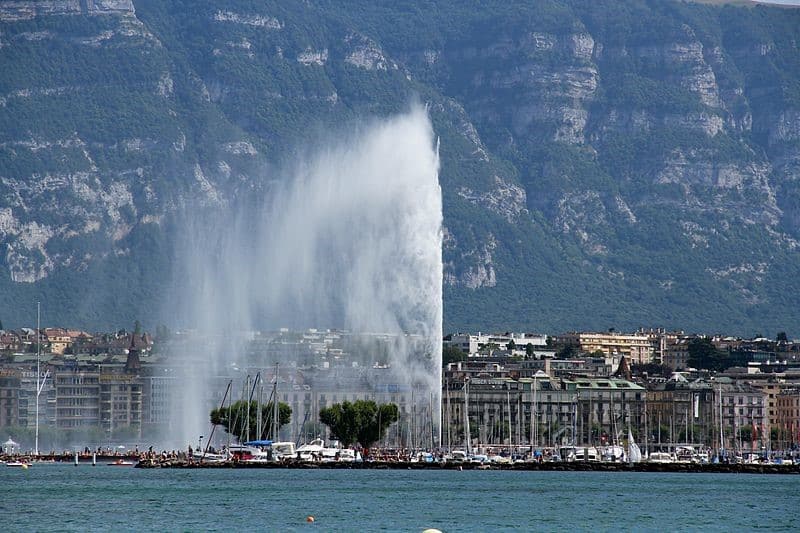We previously discussed how the new Geneva Act of the Hague Agreement Concerning the International Registration of Industrial Designs lets applicants file only one international application for design protection with either the US Patent and Trademark Office or the World Intellectual Property Organization (WIPO).
A single filing can lead to the protection of industrial designs in more than 64 jurisdictions (with more in the works), including the US, the EU, Japan, and Korea.
The Hague Agreement went into effect on May 13, so we’re taking a closer look at the process and some of its benefits.
When WIPO publishes Hague Treaty design applications, the relevant jurisdictions have either 12 months (for example, in the case of the US) or six months (for example, in the case of the EU) to refuse protection. If there is no substantive objection, then the registration will have the same effect as if the registration had been made under the jurisdiction’s local laws.
The publication process is fast – within several weeks of the receipt of the application.
Under US law, under certain conditions a patent owner can collect “reasonable” royalties for infringement that occurs between the time that a patent application is published and the date that the patent is granted.
35 U.S.C. § 154, section (d) details the conditions under which this right to royalties applies. One of the requirements is that:
The right … to obtain a reasonable royalty shall not be available under this subsection unless the invention as claimed in the patent is substantially identical to the invention as claimed in the published patent application.
(Emphasis added.)
The problem with that for utility patents is that during the patent examination process claims are often cancelled or amended – so the invention described in the patent as granted isn’t “substantially identical” to the invention as described in the patent application.
But design patents have only a single patent claim, and this usually remains unaltered during the examination process. Thus, it’s far more likely that a design patent application would meet the “substantially identical” requirement.
Damages for infringement of a US design patent filed the usual way aren’t available until at least one year after the patent application is filed.
Thus, filing via the Hague Agreement procedure could give US design patent owners close to a year’s “head start” on royalties/damages.


